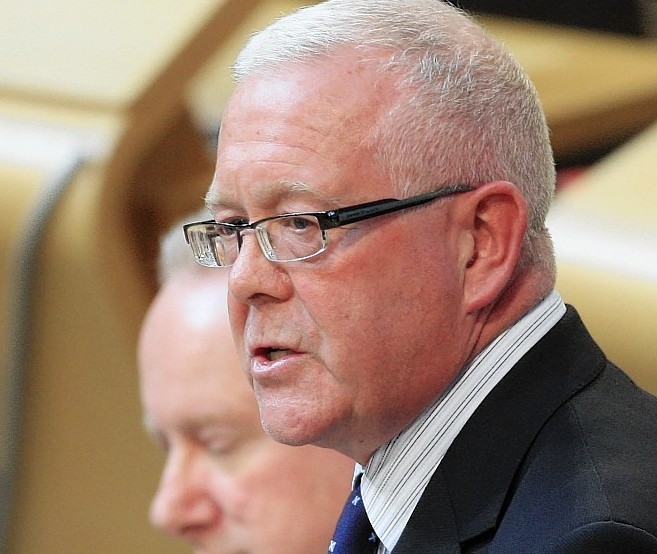Young people who voted in the Scottish Independence referendum believe they should now be allowed to vote in all future elections.
This was the message 16 and 17-year-old pupils at Lochaber High School in Fort William were keen to get across to the Scottish Parliament’s Devolution (Further Powers) Committee when it met in the Lochaber town today.
Its convener Bruce Crawford MSP and other members of the committee asked the young people for their views on voting in the referendum and whether they thought people of their age should be allowed to vote in the future.
After the event, Stuart Matheson, 17, of Roybridge, said: “It was good that we were able to vote in the referendum.
“It was such a big thing that it would have been strange if we hadn’t been able to take part in it.
“When you get to 16 or 17, you have your own opinions and its good to be able to speak about them and be involved.”
Stuart added that he was pleased the committee had come to Fort William to listen to their views and opinions.
And Natalie Brayshaw, 17, of Caol, said: “It was important that we were allowed to vote in the referendum because it really does affect us.”
She also thought 16 and 17-year-olds should be allowed to vote in the future.
Mr Crawford said he was pleased to discover how many of the young people had been very “engaged” in the referendum.
He said: “The key thing I learnt from the sessions in Fort William was that young people really value being able to be part of the decision-making process and they want to be able to take part in future elections.”
He added that, if this decision was devolved to the Scottish Parliament, he believed it would allow 16 and 17-year-olds to vote as soon as possible, which he said was likely to be the local government elections in 2017.
The sessions formed part of Fort William Parliament Day, during with the Scottish Parliament held two of its committee meetings in the Lochaber town as part of a move to bring parliament to the people.
The other committee meeting in Fort William today was the Local Government and Regeneration Committee.
